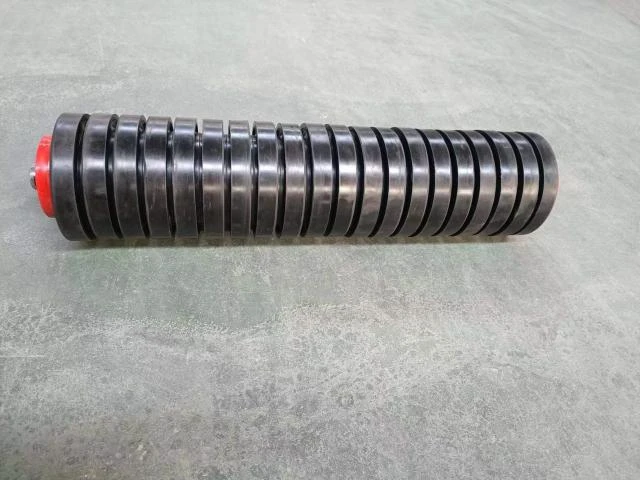 Afrikaans
Afrikaans  Albanian
Albanian  Amharic
Amharic  Arabic
Arabic  Armenian
Armenian  Azerbaijani
Azerbaijani  Basque
Basque  Belarusian
Belarusian  Bengali
Bengali  Bosnian
Bosnian  Bulgarian
Bulgarian  Catalan
Catalan  Cebuano
Cebuano  Corsican
Corsican  Croatian
Croatian  Czech
Czech  Danish
Danish  Dutch
Dutch  English
English  Esperanto
Esperanto  Estonian
Estonian  Finnish
Finnish  French
French  Frisian
Frisian  Galician
Galician  Georgian
Georgian  German
German  Greek
Greek  Gujarati
Gujarati  Haitian Creole
Haitian Creole  hausa
hausa  hawaiian
hawaiian  Hebrew
Hebrew  Hindi
Hindi  Miao
Miao  Hungarian
Hungarian  Icelandic
Icelandic  igbo
igbo  Indonesian
Indonesian  irish
irish  Italian
Italian  Japanese
Japanese  Javanese
Javanese  Kannada
Kannada  kazakh
kazakh  Khmer
Khmer  Rwandese
Rwandese  Korean
Korean  Kurdish
Kurdish  Kyrgyz
Kyrgyz  Lao
Lao  Latin
Latin  Latvian
Latvian  Lithuanian
Lithuanian  Luxembourgish
Luxembourgish  Macedonian
Macedonian  Malgashi
Malgashi  Malay
Malay  Malayalam
Malayalam  Maltese
Maltese  Maori
Maori  Marathi
Marathi  Mongolian
Mongolian  Myanmar
Myanmar  Nepali
Nepali  Norwegian
Norwegian  Norwegian
Norwegian  Occitan
Occitan  Pashto
Pashto  Persian
Persian  Polish
Polish  Portuguese
Portuguese  Punjabi
Punjabi  Romanian
Romanian  Russian
Russian  Samoan
Samoan  Scottish Gaelic
Scottish Gaelic  Serbian
Serbian  Sesotho
Sesotho  Shona
Shona  Sindhi
Sindhi  Sinhala
Sinhala  Slovak
Slovak  Slovenian
Slovenian  Somali
Somali  Spanish
Spanish  Sundanese
Sundanese  Swahili
Swahili  Swedish
Swedish  Tagalog
Tagalog  Tajik
Tajik  Tamil
Tamil  Tatar
Tatar  Telugu
Telugu  Thai
Thai  Turkish
Turkish  Turkmen
Turkmen  Ukrainian
Ukrainian  Urdu
Urdu  Uighur
Uighur  Uzbek
Uzbek  Vietnamese
Vietnamese  Welsh
Welsh  Bantu
Bantu  Yiddish
Yiddish  Yoruba
Yoruba  Zulu
Zulu Understanding the Role and Function of Non-Drive Pulleys in Mechanical Systems
Understanding Non-Drive Pulleys Their Importance and Applications
Pulleys play a crucial role in mechanical systems, allowing the transfer and alteration of forces in a variety of applications. Among the different types of pulleys, non-drive pulleys are essential components that often go unnoticed but are vital for the efficiency and functionality of various machines. This article will delve into the concept of non-drive pulleys, their characteristics, applications, and importance in modern engineering.
What is a Non-Drive Pulley?
A non-drive pulley, as the name suggests, is a pulley that does not contribute to the engine power of a machine or system. Unlike drive pulleys, which are directly connected to the power source (like a motor or engine) and are responsible for transmitting torque and motion, non-drive pulleys work as redirectors or support systems. They guide and stabilize the movement of belts, cables, or chains without directly contributing to the propulsion of the system.
Characteristics of Non-Drive Pulleys
Non-drive pulleys can be categorized based on their design, material, and specific purpose. Key characteristics include
1. Design Non-drive pulleys can be either fixed or movable, depending on the application. Fixed pulleys are often used to change the direction of force, while movable pulleys can assist in lifting loads more efficiently.
2. Material These pulleys can be made from various materials, such as metal, plastic, or composites, depending on the required strength and durability. The choice of material affects the pulley’s performance and lifespan.
3. Size and Shape Non-drive pulleys come in different sizes and shapes, influenced by the factors of load requirements and spatial design of the system. They can be designed with grooves for belts or cables to ensure a secure fit.
4. Functionality While they do not transmit power, non-drive pulleys play a significant role in load distribution and motion control. They can enhance the efficiency of mechanical systems by reducing wear and tear on drive belts and minimizing energy loss.
non-drive pulley

Applications of Non-Drive Pulleys
Non-drive pulleys find extensive applications across various industries
1. Construction and Lifting Equipment In cranes and hoists, non-drive pulleys guide cables and chains, allowing for the smooth raising and lowering of heavy loads. They assist in distributing weight evenly, reducing strain on the lifting mechanism.
2. Automotive Systems In vehicles, non-drive pulleys are commonly found in accessory belts and timing belts. They help manage various engine components, such as alternators and water pumps, ensuring that they operate efficiently without direct power transmission.
3. Manufacturing and Conveyor Systems Non-drive pulleys are integral to conveyor systems, where they direct and support the movement of goods along conveyor belts. They also play a critical role in automated assembly lines, making the manufacturing process smoother.
4. Theatrical and Stage Technology In stage setups, non-drive pulleys are used to control the movement of curtains, lights, and props. They allow for quick adjustments and precise movement without the need for complex machinery.
Importance of Non-Drive Pulleys
While non-drive pulleys may not be directly responsible for movement, their importance cannot be understated. They enhance the overall efficiency of machinery, prolong the lifespan of components by minimizing friction, and ensure safe operation in lifting and material handling. By redirecting forces, non-drive pulleys play a critical role in maintaining balance and stability in mechanical systems, ultimately leading to improved productivity.
Conclusion
In summary, non-drive pulleys are indispensable components in various mechanical and industrial applications. They assist in guiding and supporting the movement of belts, cables, and chains, ensuring efficient operation without directly contributing to power transmission. Understanding the function and significance of non-drive pulleys helps in appreciating the intricate design of modern machinery and the vital role that these seemingly simple components play in numerous industries. As technology continues to evolve, the design and application of non-drive pulleys are likely to advance, providing even more benefits to engineering and manufacturing processes.
-
Revolutionizing Conveyor Reliability with Advanced Rubber Lagging PulleysNewsJul.22,2025
-
Powering Precision and Durability with Expert Manufacturers of Conveyor ComponentsNewsJul.22,2025
-
Optimizing Conveyor Systems with Advanced Conveyor AccessoriesNewsJul.22,2025
-
Maximize Conveyor Efficiency with Quality Conveyor Idler PulleysNewsJul.22,2025
-
Future-Proof Your Conveyor System with High-Performance Polyurethane RollerNewsJul.22,2025
-
Driving Efficiency Forward with Quality Idlers and RollersNewsJul.22,2025





























